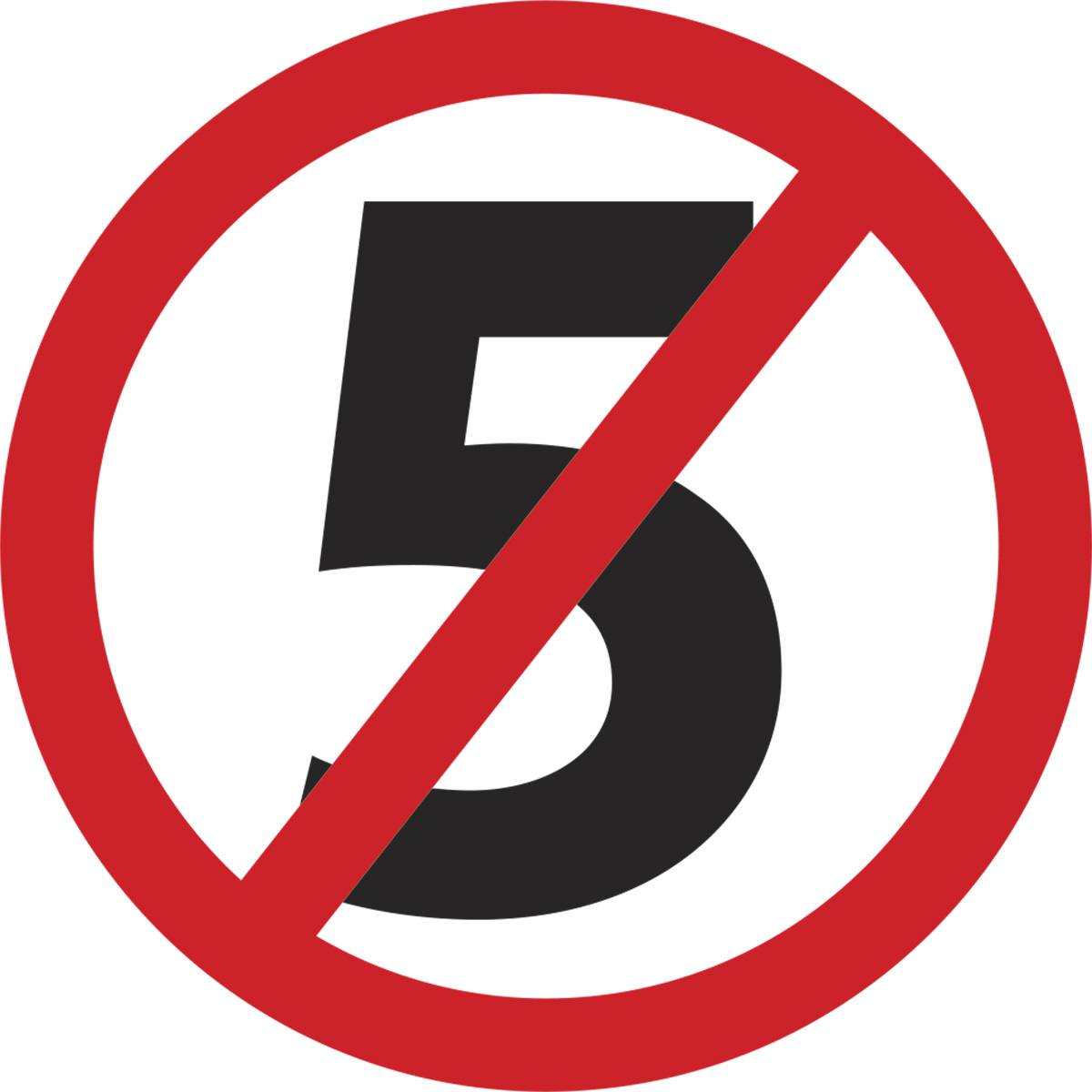Thriving in the cattle industry isn’t easy. Not for producers who have been in the business for decades, and certainly not for those new and young producers who are just getting started.
But lucky for the newcomers, there are many who have come before them and learned – often the hard way – what makes an operation either flourish or founder. In my 26 years working with producers, I’ve picked up on these five common mistakes emerging cattle producers make and some ways to avoid them.

- Mistake No. 1: Lack of a business plan. The top mistake emerging producers make is getting started without a business plan. Like any enterprise, agriculture or otherwise, a profit-focused, sustainable plan is essential. Work with a mentor or trusted adviser to analyze your operation and build a plan that includes projections for each enterprise, cost of production, risk management tools and a marketing strategy that involves more than just selling. And don’t be afraid to adjust when circumstances change.
- Mistake No. 2: Trying to grow before you’re grounded. It’s easy to fall into the trap of trying to increase your herd or your business before you’re ready. But don’t be so eager to grow that you mismanage what you have. Get better before getting bigger. If you aren’t doing a good job managing a few head of cattle, adding more will just multiply the problem. Focus on building strong liquidity and working capital now so you can capitalize on opportunities, like purchasing land during a downturn or cheaper cattle during a drought, when they present themselves later.
- Mistake No. 3: Spending money on the wrong things. Be careful buying depreciable assets, especially equipment. Most cattle producers need very little in the way of equipment and vehicles. Ask yourself: “Is this really needed? Will it produce a positive return?” and make sure your purchases are needs, not wants. Getting distracted by shiny new things and not understanding the financial impact a purchase can make will take a toll on an operation over time. Sacrificing now will put you in a better financial position that will pay tremendous dividends down the road.
- Mistake No. 4: Doing the work your herd can do. Cows do a really good job converting low-quality forage into sellable pounds, so leverage that. Rotational grazing is a powerful tool. The more days cattle feed themselves instead of you carrying harvested feed to them, the more profitable you will be.
- Mistake No. 5: Focusing on production over profit. Many farmers tend to focus on weaning weight or average daily gain (ADG) as a benchmark of success. Challenge that thinking and look at success in terms of the profit you make. Making a profit is going to enable you to build working capital and liquidity over time. Make sure what you are doing is sustainable in the long term. Also, you can starve a profit out of something for a short period of time, but that is a not a sustainable approach. You have to take care of the resources you have at your disposal. Not doing so will hurt you in the long run.
- Bonus mistake: Thinking that growing up around a cattle operation is the same as running a cattle operation. Many new and beginning cattle farmers are not entirely new to the industry. They may have been raised on a farm or spent time at a relative’s operation and are now taking it over. That doesn’t make them immune to these common mistakes – and, in fact, can add challenges that other newcomers may not face.
For these folks, it’s especially important to focus on managing the operation in a way that is profitable. It is easy for those who have that background or who inherit the operation or land to take those resources for granted and do a poor job managing overall.
It is also easy for this segment to get stuck to the paradigms they grew up with and be unwilling to change or try new things. If an operator is saying, “That’s the way we’ve always done it,” they could be on the brink of making some of these mistakes. And if cash flow is not adequate to cover variable expenses, debt repayment and family living, it’s likely they’re already making some, if not all, of these mistakes.
Getting a leg up
Now that we’ve covered what not to do and how not to do it, let’s look at one critical aspect of cattle farming newcomers should focus on from the get go: building relationships and a sound reputation. In the cattle business, reputation is everything – more so than any business I know.
Get to know the suppliers, lenders, marketing agencies, Farm Service Agency (FSA) personnel and crop insurance agents in your area. And don’t jump around with where you sell your product. Consistency helps you build a reputation in an industry where it is difficult to mask issues. If you sell cattle that have health issues or are misrepresented, people remember that and it will reduce the number of bidders who want to bid on your cattle. Cattle buyers need to see that you are someone who can be trusted. If you work hard to build a positive reputation, people know you in the marketplace. That’s important. Focus on building up that reputation over time.
Remember, while cattle farming is hard, it’s also a rewarding endeavor. With some thoughtful planning and financial awareness, along with solid networking and some good, old-fashioned business integrity, a long and fruitful career in the cattle industry is possible.








